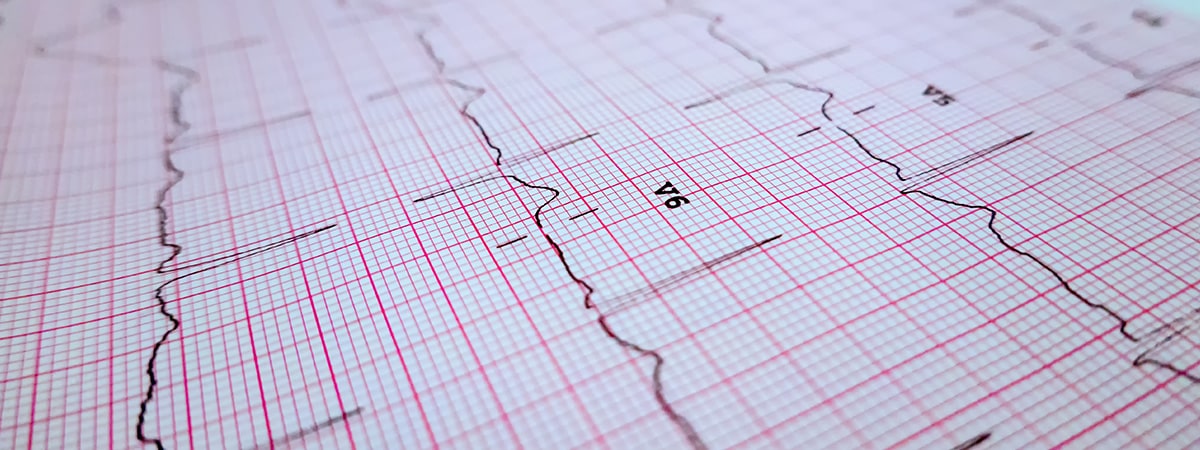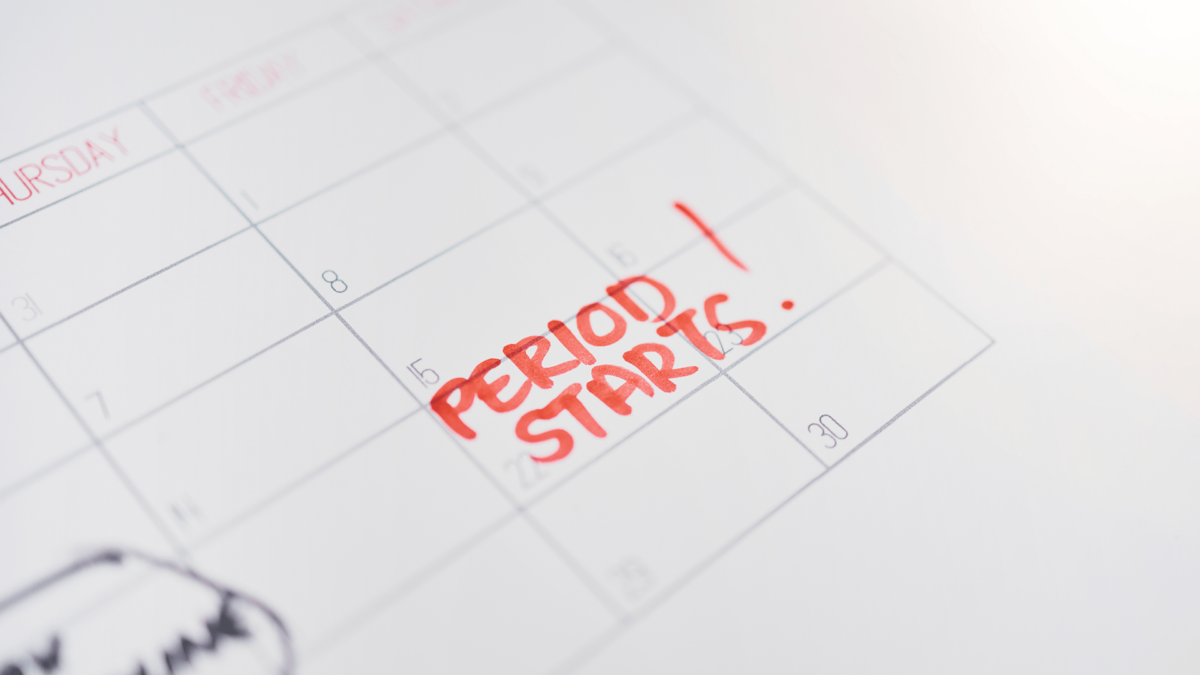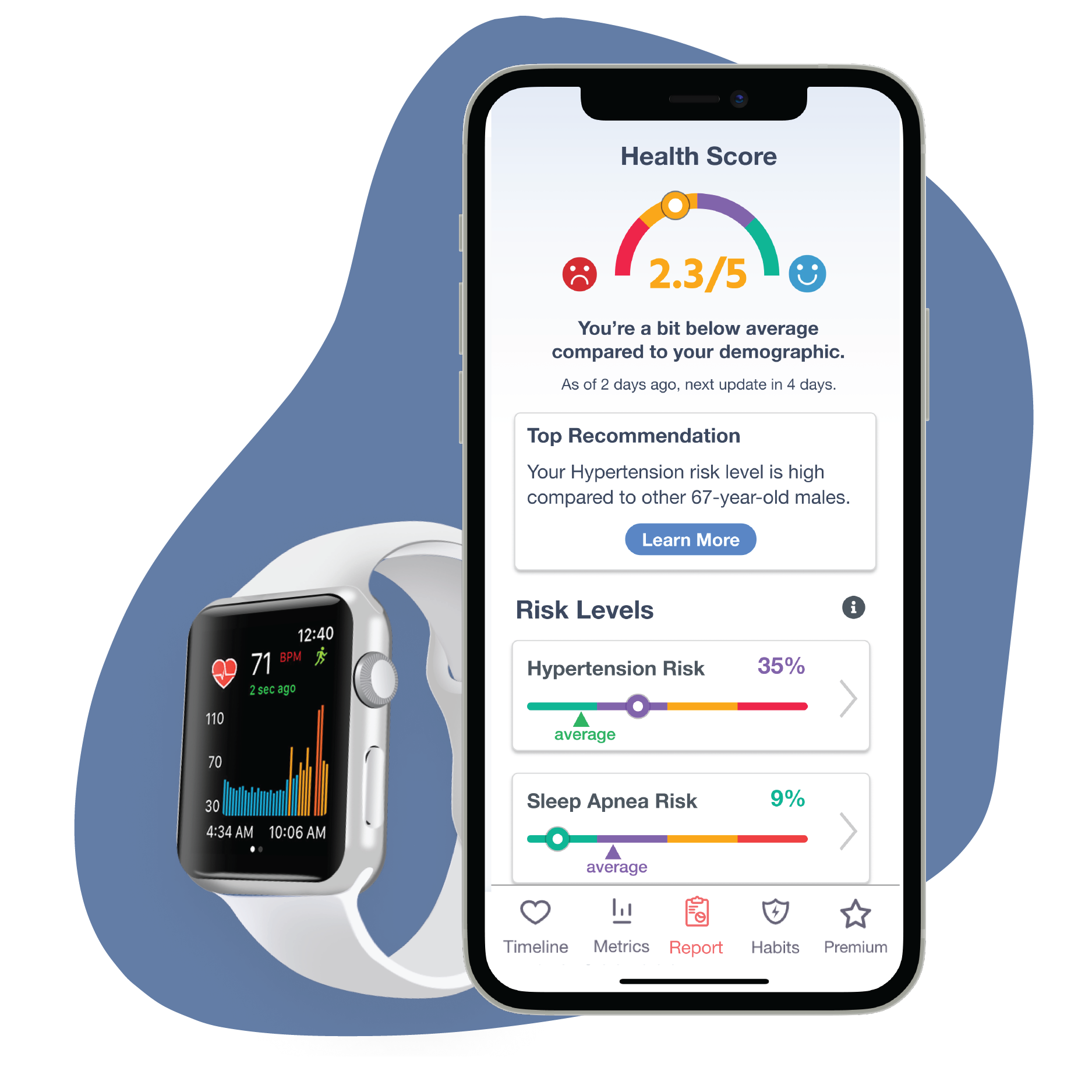Most of us are already aware that menstruation refers to the cycle that a woman’s body goes through to prepare itself for pregnancy. But few are aware that this the various phases of each menstrual cycle can impact not only her reproductive system, but also her heart rate. (Because we know that everything in the body is connected, it’s not all that shocking.)
During the menstrual cycle, a woman’s body goes through a multitude of hormonal changes that can affect different bodily systems, including the cardiovascular system. There are four phases of the menstrual cycle, and each one can impact heart rate and heart rate variability (HRV) differently.1 Let’s take a look at how and why that is.

About the Menstrual Cycle
The menstrual cycle is controlled by many intricate interactions between hormones, including estrogen, progesterone, luteinizing hormone (LH), and follicle-stimulating hormone (FSH). During the entirety of one cycle, there are two phases (and four events) a woman’s body goes through.
Each cycle begins with the follicular phase, on the day she starts her period, and lasts until ovulation. This is then followed by the luteal phase, which takes place after ovulation and continues through the first day of menstruation. All of these phases and events are marked by hormonal shifts and can have a different effect on her heart. Let’s dive deeper:
Menstruation
When a woman is menstruating, she may also experience unpleasant side effects, such as pain, fatigue, or stress, any of which can cause a change in heart rate. For example, dysmenorrhea, or menstrual cramps, (which are common during menstruation) can cause pain and discomfort that may result in an increased heart rate. Additionally, the hormonal shifts and physical discomfort may cause added stress and anxiety, which can also have an impact on heart rate.
The Follicular Phase
During this phase, which begins on the first day of a period and lasts until ovulation, an egg is maturing in the woman’s ovaries. At this time, her estrogen and FSH levels will rise to assist in the process. Interestingly, studies have shown that women’s heart rate is on average 2.33 bpm lower during the follicular phase than the luteal phase, which is a considerable difference.2
Ovulation
During ovulation, there’s a surge in luteinizing hormone (LH) and follicle-stimulating hormone (FSH). This triggers the release of the matured egg from a woman’s ovary. The rise of these hormones can also cause an increase in heart rate.
In fact, research has found that during ovulation, heart rate typically increases around 2-3 bpm.2 Of course, how much of an increase a woman experiences can depend on factors such as age, physical activity level, and hormonal fluctuations. And in some cases, women may not notice any change in their heart rate during ovulation.
The Luteal Phase
The luteal phase is the final phase of the menstrual cycle. During this phase, progesterone is produced to prepare the uterus for pregnancy, thickening the lining even further and making it more of a conducive environment of a fertilized egg. As a result, the increased progesterone levels can have a stimulatory effect on the heart, causing a slight increase in heart rate.

Menstruation’s Impact on Heart Rate Variability
In addition to changes in heart rate, some women may experience changes in heart rate variability (HRV) during their menstrual cycle. HRV, which measures the variation in time between each heartbeat, reveals the body's ability to adapt to stress. Research has found that HRV can be affected by the hormonal changes that occur during the menstrual cycle. Some studies indicate that HRV is lowered during the luteal phase specifically.3
Of course, every woman’s body is different. So, each person may experience different responses to the hormonal changes of her menstrual cycle. And some woman may not experience changes in HRV at all.

Using Cardiogram Throughout the Menstrual Cycle
Ultimately, menstruation can impact heart rate and HRV due to the hormonal changes a woman’s body goes through during the entirety of her cycle. And each phase of the cycle may impact your heart differently.
To monitor how each phase impacts your heart rate, start to track your menstrual cycle, with the first day of your period being day1. As you move into each phase, you can Create a Tag to keep track of regular heart rate patterns that occur with each phase. (You can do this by using your Tag Insights.)



